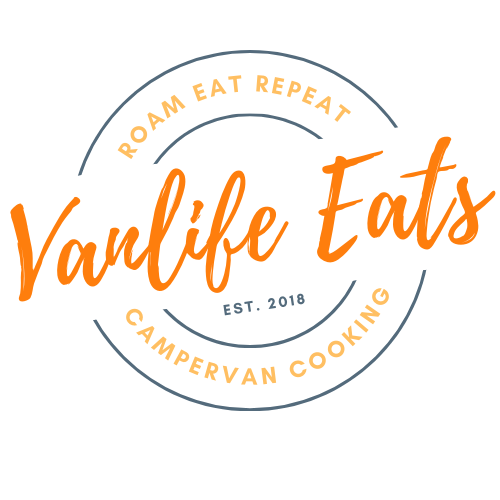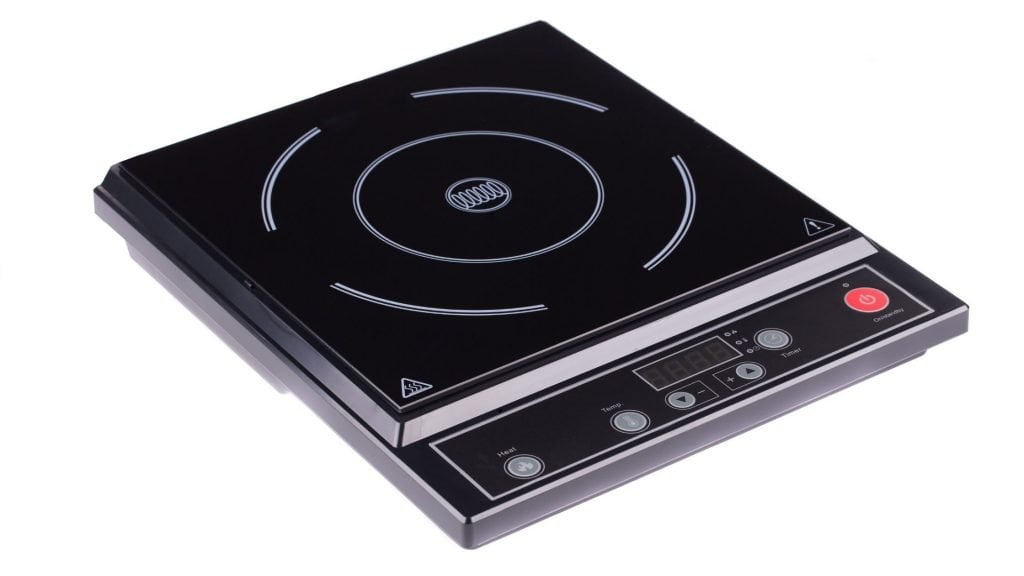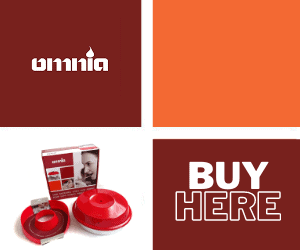Treating your campervan as a tiny home in todays modern world will entice you to bring a variety of electrical gadgets and appliances that we have all grown to depend on into your van.
Watching TV in the evenings, fancy coffee machines, chilled food and even blow drying your hair have all become necessities of life.
Living in a campervan doesn’t mean these can’t be included in life’s luxuries but it does mean a little thought and planning needs to be done to ensure your van is capable of powering them.
When you are living the van life there really is little worse than being stranded in your van with no power. This means no TV, no light, no charge for your phone and worse of all no heater!
Trust me.. I’ve been in this situation and battled the war of balancing power with essential electronic devices within my van. I have spent, spent and spent and learnt expensive lessons in learning the most efficient way to power my van.
When it comes to electrics it can be complicated so in this article I will try my very best to keep it simple and as understandable as possible.
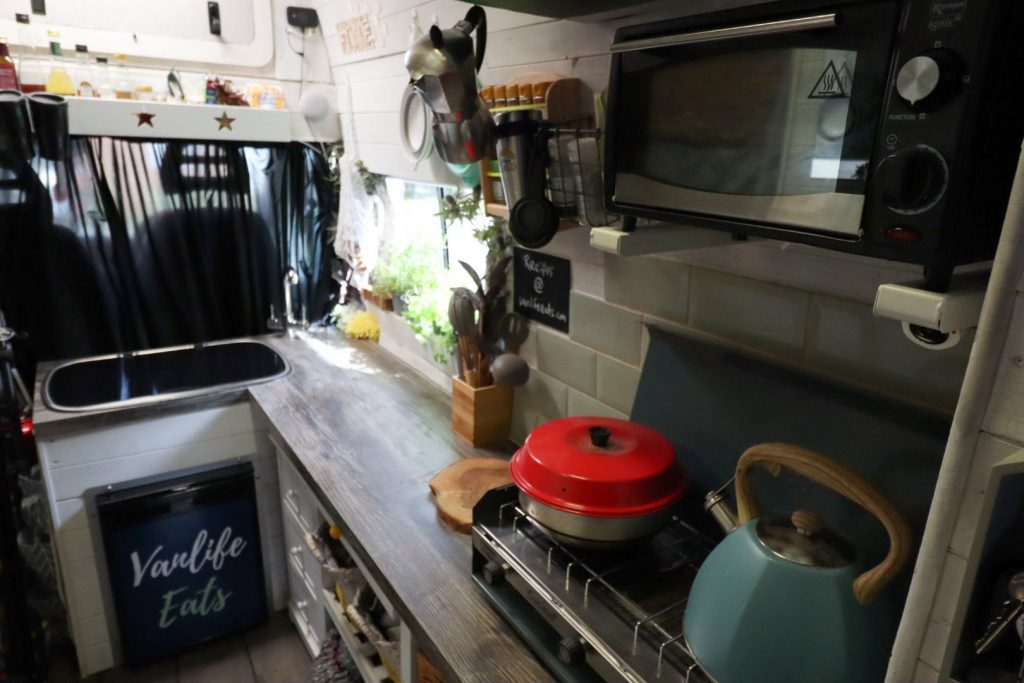
Campervan kitchen power consumption
Many of the most power-hungry devices are found in the campervan kitchen so I will explain how to prepare your campervan or van conversion to safely run them.
When you are cooking in a campervan it is very easy to start accumulating kitchen gadgets and before you know it your cupboard space is cluttered and worst of all you can start using gadgets that consume precious battery power!
Items such as blenders, microwaves, pressure cookers and convection ovens to name a few can really cripple your park up experience if your van is not capable to facilitate these items.
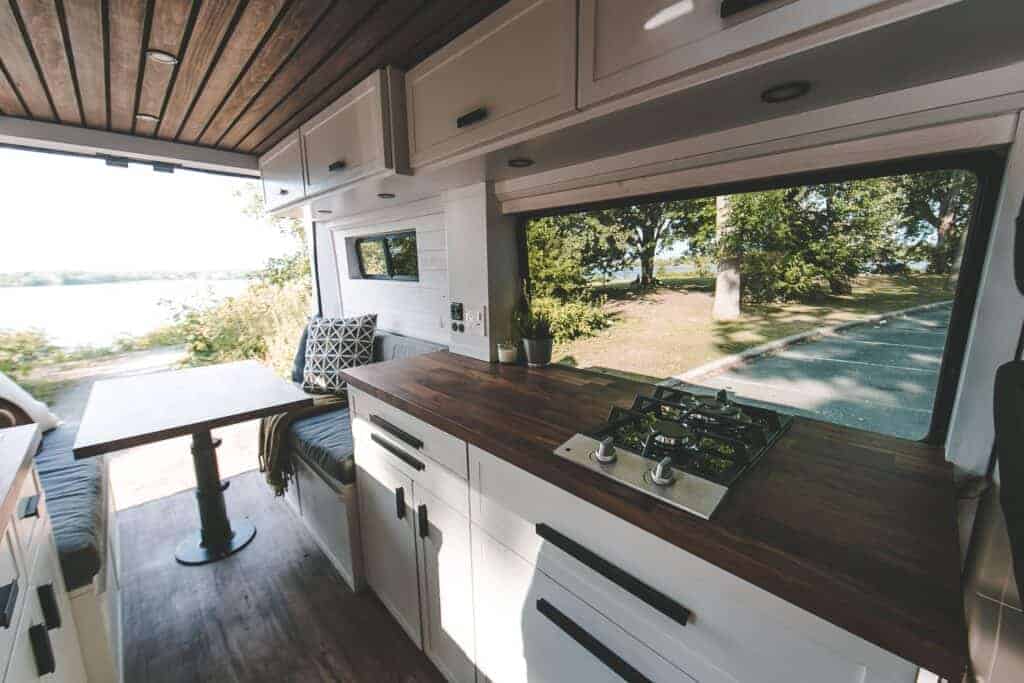
How much electrical power does a campervan use?
A typical campervan running a common electrical setup consisting of internal lights, a fridge, a TV, a laptop (on charge) and a mobile phone on charge will draw approximately 20 amps per hour under a full load (all of the above switched on) and on an average load 12 amps per hour.
How to calculate campervan power consumption?
Here is a simple formula that will help you work out how much power your campervan electrical devices are consuming.
Watts = Volts times Amps
Volts = Watts divided by Amps
Amps = Watts divided by Volts
Read the labels on the back of your appliances as these will often tell you at least the wattage of the device. By knowing the wattage and knowing the formula above you will be able to work out the amps per hour of the device and get a better idea of how long your batteries will last.
When calculating the power consumption of your campervan kitchen appliances, you need to be aware that batteries deteriorate and you should add 25% usage on all your calculations.
Typical campervan kitchen power consuming gadgets
Let’s take a look at the common devices that are typically power hungry and could potentially drain your batteries if you don’t have the right electrical setup.
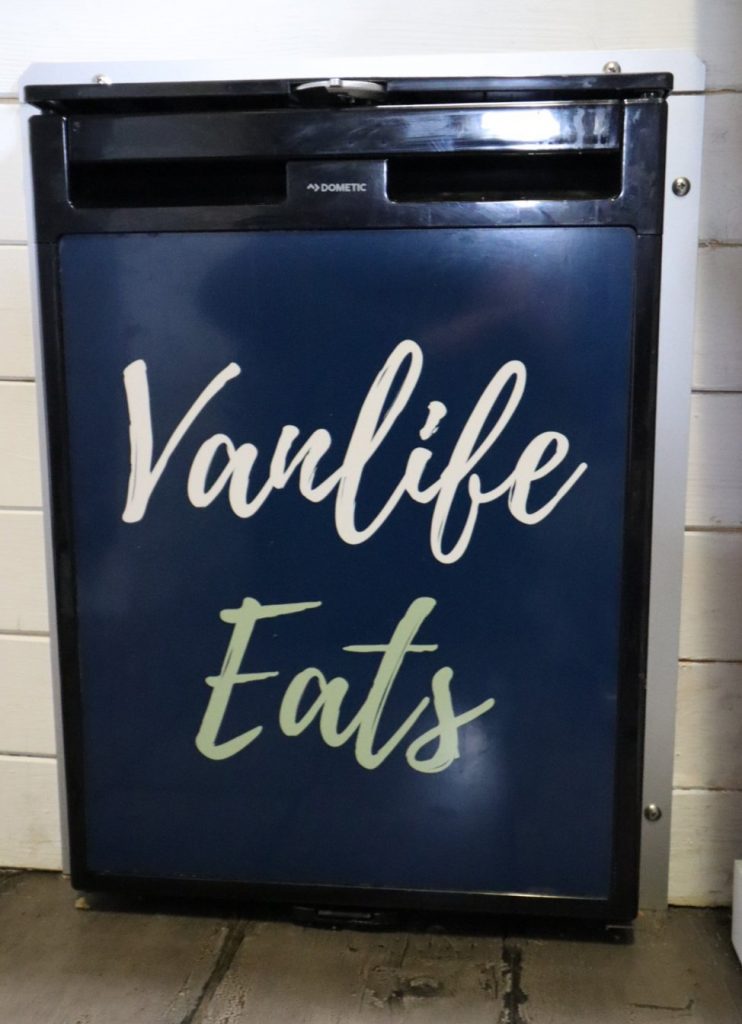
Fridges
For a couple of years, I thought I could live without a fridge, but actually, it became a very expensive way of living, forever visiting the store to buy fresh food.
When I finally coughed up £700 to buy my Waeco fridge, I found myself being able to stock up on fresh veggies and another advantage was being able to store leftovers for the following day’s lunch. I instantly started saving money!
How much power does a campervan fridge use?
There are a few different types of fridges available for campervan use and these are: Compressor fridges, 3-way absorption fridges and the electric cool box.
My personal preference for a campervan and vanlife living is the compressor fridge. They have a built-in thermostat that turns the fridge off when it reaches particular temperatures. This makes the load on your batteries much better. Unlike the electric coolbox that is generally always on and at full power draining your batteries constantly!
A compressor fridge uses around 40w of power so to work out how many amps this would be we use the formula (watts divided by volts). Using a 12v van an example 40 divided by 12 = 3.33 amp hours of use. If your battery is 100amp hours then that’s 30 hours until the battery is completely dead. You should never run a battery down below 50% so really you only have 15 hours of use and that’s without taking another usage into consideration (such as lights etc).
What you can do to improve the efficiency is double, triple or even quadruple your batteries and parallel them together to increase the overall amperage, upgrade the batteries with that of a higher amp hour rating and ensure you have adequate charging facilities to at least trickle charge back into the batteries. This could be from solar, split charge relay, battery to battery charger or from a mains hookup.
Halogen Ovens & Microwaves
Are ovens a necessity in a van? For many, it’s considered a luxury item that can be avoided to be more resourceful on electricity or to avoid complex gas lines installed in their van.
You can cook most things on a campervan stove-top and especially with the addition of an Omnia, almost anything you would regularly cook in an oven becomes possible.
Do we have an oven? Yes, but we use it scarcely as yes it uses a lot of our battery power. We do enjoy leaving it on whilst we are driving through and when we arrive at our destination we have a crispy oven-cooked dinner to enjoy.
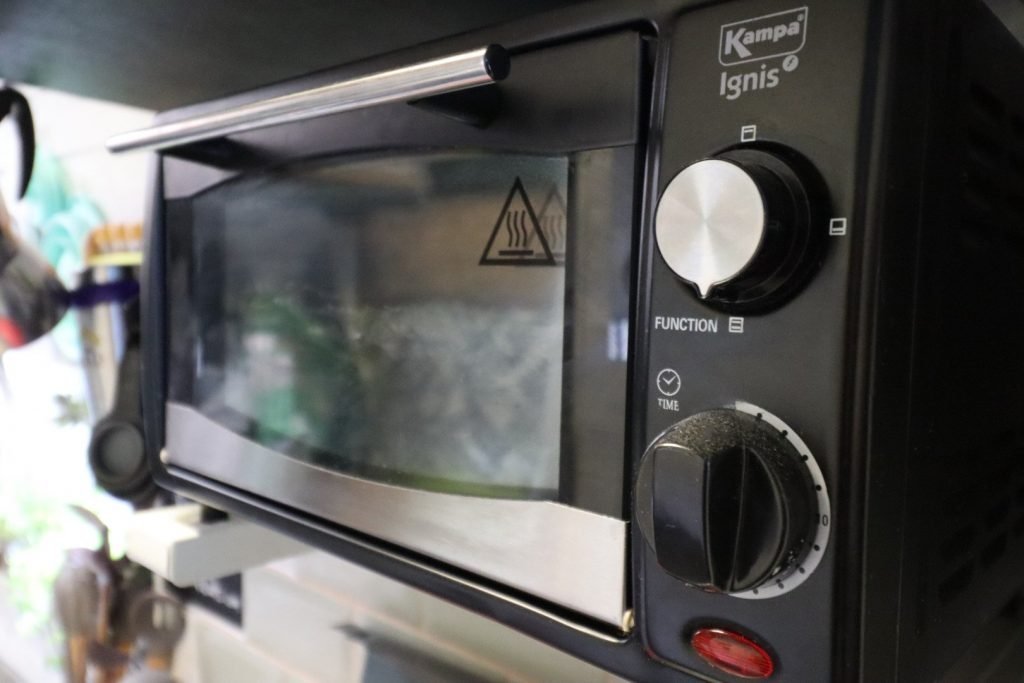
How much power does a campervan oven use?
Basing this example on an electric mini oven which is what we have and is 800W (we know this because it says on the box/instructions/label). What we actually want to know now is how many amps per hour it will use from our batteries.
Amps = Watts divided by Volts (800W divided by 12v) so this indicates the oven will draw 66.6 amps per hour. One battery at 100ah would mean you only have about 20 minutes of use until the battery drops to half (maximum use before damage may occur). This is far from viable with one battery and even two or three batteries in the bank.
A halogen oven should really only be considered if you have a juicy battery bank of 300AH as a minimum alongside solar charging facilities.
The other option would be to use it whilst on an electrical hookup like that found at a campsite. Be aware that some campsites have a limit on amperage and this could be as little as 5amps! 800W divided by 230v = 3.48Amps for example, but don’t forget to consider the other electrical items you have in use at the same time.
Induction Hobs
Can you use an induction hob in a campervan? The simple answer is yes but there are a few things to consider before you purchase an induction hob for your van conversion.
Induction hobs have become ever so popular with van conversions these days. They are of a flat low profile and super space saving as you can simply put the hob away in a draw or cupboard.
There are horror stories of gas canisters in vans blowing up and it’s a big worry for many. There is also carbon monoxide to consider and your van must be ventilated properly to keep safe.
Induction hobs are great for cooking in a campervan as they are compact, more efficient and also potentially safer to use in confined spaces.
The induction process means that the heat is almost instantaneous and the heat is focused directly on the pan and not the surrounding areas. Induction pans are about 50% more efficient than a gas hob.
A pan of water will boil twice as fast on an induction hob than on a gas hob.
Another great advantage of induction hobs is they produce a lot less moisture. There is no gas to burn thus no water in the air. The only moisture is from the steam in your pan. Every little helps in the war against moisture in a van!
The huge downside to induction hobs is the power consumption. It will put a huge strain on your batteries!
How much power is consumed from an induction hob? Typically an induction hob is about 1800w at full power or high heat so if we do our little calculation we get to 150amps! Ouch!
This does mean that you need a powerful battery bank with at least 300ah along with some means to charge such as solar panels.
Many people who cook on induction hobs tend to keep to quick 15/20minute meals and do not exceed a medium heat to maintain battery power whilst parked up.

Coffee Maker
I know I need a good cup of coffee in the morning to function and I know a lot of van lifers who consider their coffee making facilities an essential must-have!
Personally I use a stove top coffee maker these days but I did once have a Tassimo coffee machine.
Yet another power-hungry device and if you tend to spend a lot of time off-grid you may need to avoid all these gadgets but if it’s essential then we need to do our little science calculation.
A standard Tassimo coffee machine such as the one I had is 1300W. That means a coffee machine on 12V will draw approximately 108 amps per hour.
Remember the machine only runs for 45 seconds so you will get a fair amount of uses from it but it all adds up if you are off-grid.
How to minimise campervan power consumption
Adventures in your campervan are meant to be fun so not for one moment am I ever going to imply that you should make sacrifices to your holiday or vanlife living experience.
However, budgets are budgets and if you are familier with vanlife already you know that vans can be extremely expensive to equip with all the mod cons you might like. Some cutbacks may need to be made.
Coffee machine vs cafetiere
Equipping your coffee machine into your van (depending on how often you drink coffee) will use a lot of power and strain on your batteries. Have you ever tried a cast iron espresso maker? Or perhaps a cafetiere may be worth a try?
Fridge vs electric coolbox
It may seem like a great idea to buy a low cost electric coolbox but as the cheaper electric coolboxes do not ave a thermostatic control you will find that they run on full power constatnly. You may well find that if you leave the coolbox on overnight that you will wake up to flat batteries.
A thermostatic compressor fridge may be five times the cost of the coolbox but the power consumption is so much lower. The risk of killing your batteries is a lot less.
Induction hob vs gas hob
There is no doubt that induction hobs are great but they really require a fully prepared van setup or regular mains hookups to run them. Only consider an induction hob if you have researched and fully understand your power setup and requirements.
Gas hobs are great and if you ensure your setup is checked over by a qualified gas safe engineer you can rest easy knowing you have a cheap, low power consuming an safe stove-top.
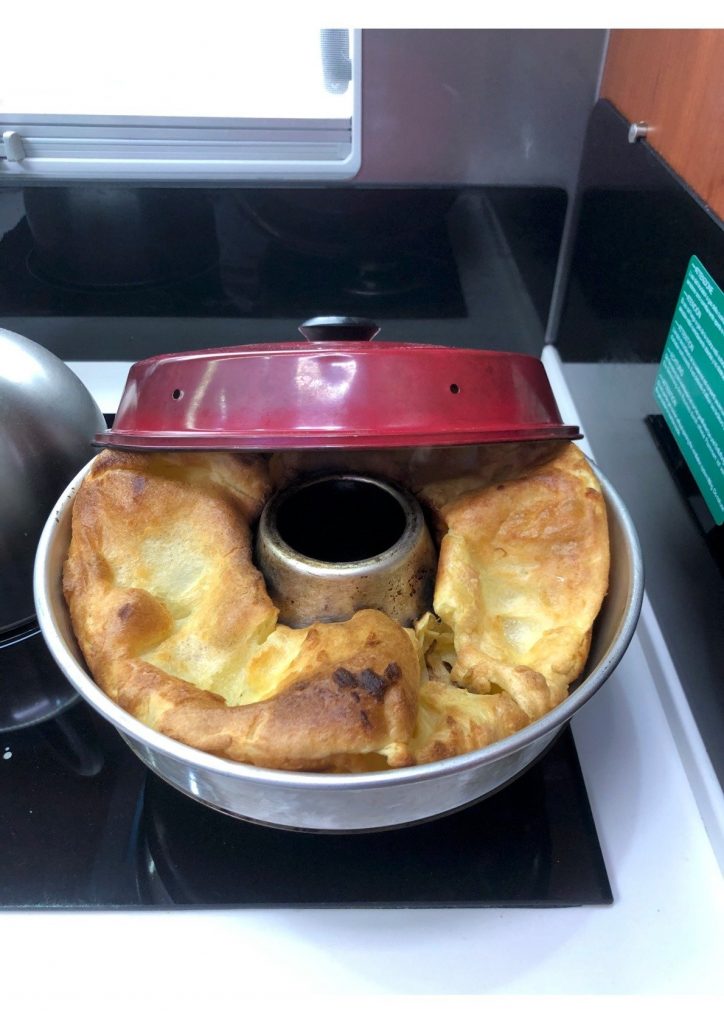
The infamous Omnia oven
There are certain things you just can’t cook on the stove-top…unless you have an Omnia oven. This little red bundt tin with a lid will put crispy back on to your menu.
The Omnia oven sits on your stove-top using gas and no electric at all.

The wonderbag thermal oven
If slow-cooked is your thing and evening cooking is a rush, a thermal oven may be what you need. It uses virtually zero power and holds heat for up to 12 hours. Simply start the cooking process on your hob and then place it in the Wonderbag which will continue the cooking process slowly. Hours later you can enjoy a delicious slow-cooked hot meal.
